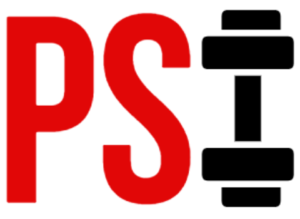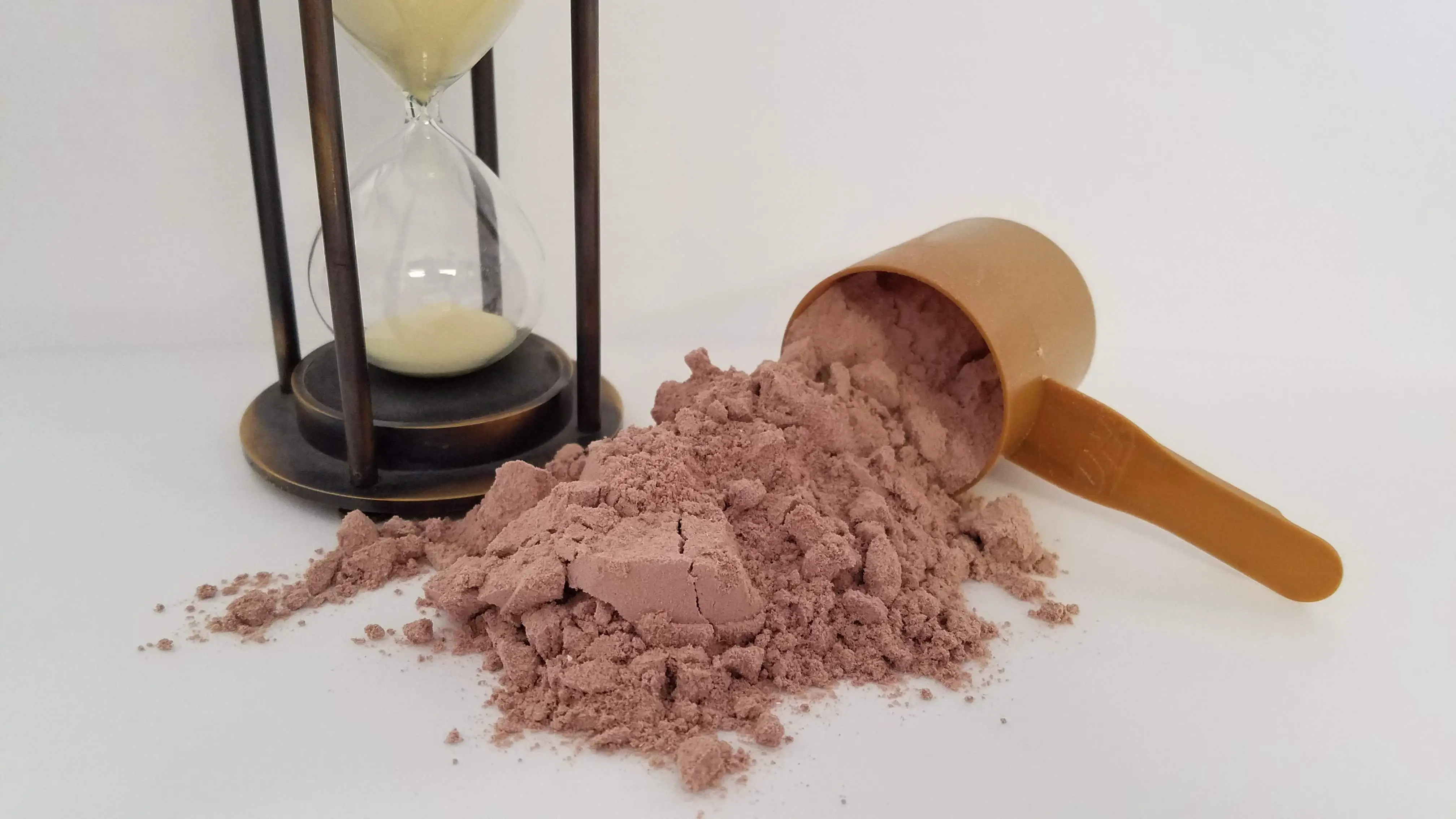How soon should you eat after a workout? What is the anabolic window? What is nutrient timing? These questions have been puzzling the fitness industry for decades. Let’s get to the bottom of all this “when to eat” stuff.
You know, there comes the point where you’ve seen enough of the “new” and “revolutionary” diets that promise amazing results by making you eat foods at specific times.
They mostly steer clear from the importance of total caloric intake and macronutrient composition. Instead, they try to feed us crap (no pun intended) such as:
“With our new diet, you can build muscle, lose fat, run a marathon, with the Olympia, climb Mt. Everest, and fly to the Moon! All you need to do is eat <food> at <specific time>!”
…what?
And if you waste.. ahem.. spend $17.99 to get the PDF, you quickly discover that the words calories and macronutrients are nowhere to be seen.
Protein intake for muscle growth? Pfft.. just eat a bagel after your workout. You’ll get jacked.. In a few years when you start eating more protein.
Healthy fats for hormonal balance, and improved brain function? Nope, just EAT breakfast. That’s what’s making you feel tired and unmotivated, silly.
But enough rambling, we’re here to clear something up: does nutrient timing matter?
What is Nutrient Timing?
As the name implies, nutrient timing is the simple act of eating given macronutrients, in a given amount, at a specific time. For example, ingesting 50 grams of protein after your workout.
Some people also label nutrient timing as pre and post-workout meals. For example:
Your pre-workout meal should be higher in carbs to support your physical activity. The post-workout meal should be a blend of carbs and protein to help your body begin the repairing process.
Where Does the Literature Stand on Nutrient Timing?
Some early research suggests that strategic ingestion of carbs could support hard physical exercise. Even subjects with type 2 diabetes were responding well to carbohydrates after a grueling workout.
But here’s the thing: just because your body responds well to carbs after a glycogen-depleting session (which is logical), doesn’t mean that you’ll get benefits such as improved body composition by doing that. It just means that you’ll replenish your energy stores.
In one 2006 study, the subjects were given protein, carbs, and creatine around their training session. The researchers concluded:
Supplement timing represents a simple but effective strategy that enhances the adaptations desired from RE-training.
Basically, more gains. But keep in mind that subsequent studies using the same model failed to replicate that success.
The Anabolic Window?
If you’ve spent any time online looking up fitness information, you’ve come across this term, the holy grail of nutrient timing.
Bros rushing to the locker room after a grueling workout to gulp that protein shake, fearing that they’ll miss the window of opportunity.
(Yes, if you don’t eat within 45 minutes of training, you might as well fast, because your body will be like, “Nope, I don’t want or need this protein now. You’re 15 minutes late, Dave!”. No, I’m kidding.)
In theory, the anabolic window was this magical time where your body craved nutrients, but only for a short period. If you ‘missed’ the window, you would get fewer gains.
However, there’s no solid research out there to suggest that (apart, maybe, from that 2006 study I referenced above). In fact, Alan Aragon and Brad Schoenfeld (two very bright minds in the industry) published a paper in 2013 that looked at the research on the anabolic window.
Their conclusion? Well, it depends. Here are some findings from the review:
1.The evidence on the “anabolic window of opportunity” is far from definitive.
2.In the case of faster morning training, it’s advisable to consume a combination of protein and carbs to reduce proteolysis (breakdown of proteins) and switch from a state of catabolism to anabolism.
3.Some of the research in review suggests that even smaller quantities of protein taken immediately before the workout can provide a steady stream of amino acids well into the post-workout window, making the post-workout meal not a big necessity.
4.On the other hand, if you had your last meal 4-6 hours before training, it’s a good idea to have a post-workout meal to prevent muscle breakdown and optimize hypertrophy.
Two big drawbacks to the research:
1.While there are a lot of controlled, short-term trials, long-term studies are lacking.
2.The majority of the research in the review has been carried out on gym newbies. And, as we know, beginners often respond to training very well even if their nutrition, training, and recovery aren’t on point.
Practical applications:
Aragon and Schoenfeld recommend protein dosed at 0.4–0.5 g/kg of LBM, both pre- and post-training to be fail-safe guidelines for us folks looking to get maximally jacked and relatively lean.
If you train fasted in the morning or eat a meal 4-6 hours before a workout, having a blend of carbs a protein (a shake, for example) soon after the session is a good way to offset protein breakdown.
Related: How much protein can your body absorb at once?
So, Is Nutrient Timing Important?
Make no mistake, nutrient timing is yet to be fully understood, and I don’t want to make bold claims only to find myself saying, “Damn, was I wrong!” in two years.
Based on the research, being conscious of your pre and post workout meals isn’t a bad idea and it can deliver results in some cases (such as if you train fasted in the morning).
But other than that?
Unless you’re an elite athlete, professional bodybuilder or physique athlete (in which case, I’m flattered that you’re reading this), worrying too much about nutrient timing is only going to add a layer of unnecessary complexity.
If you’re just starting out or have been training for a while and simply want to improve your body composition, your total caloric intake and macronutrient composition are going to be much better predictors of your long-term success.
Cover the following first:
1.Adequate caloric intake – make sure it’s in line with your goals. For fat loss, eat in a moderate deficit. For muscle growth, eat in a small surplus.
2.Adequate protein and fat intake – a good rule for protein is to eat 0.8-1g per pound of body weight. For fat – 0.3 to 0.6 grams per pound.
3.Good quality foods – plenty of vegetables, fruits, whole grains, meats, dairy, etc. No more than 10-20% of total calories should come from junk foods.
Do these consistently before ever worrying about, “Should I skip breakfast?” or “Should I have four meals, or six?”.
Follow me / Pump Some Iron on Instagram for updates @pump.some.iron

